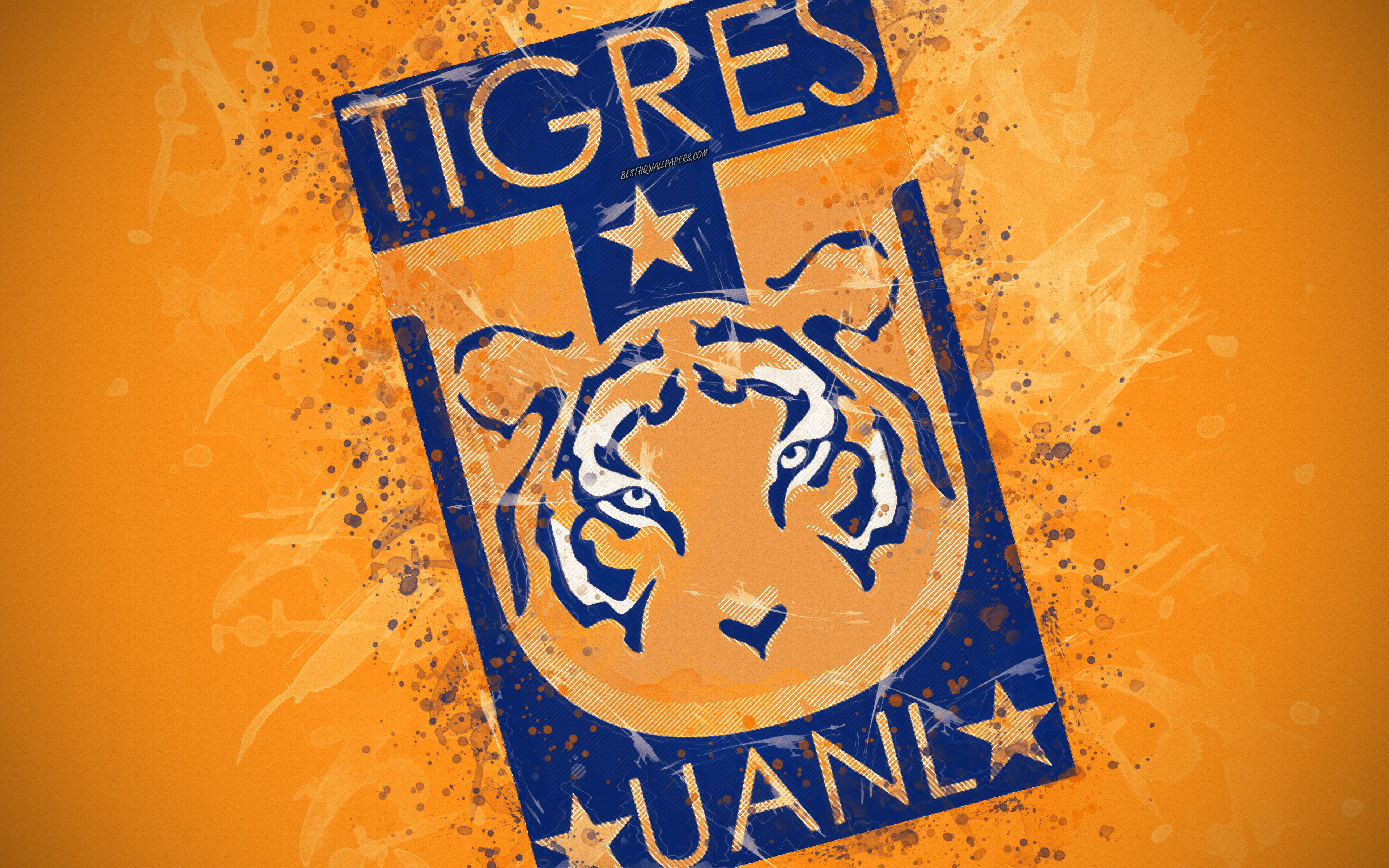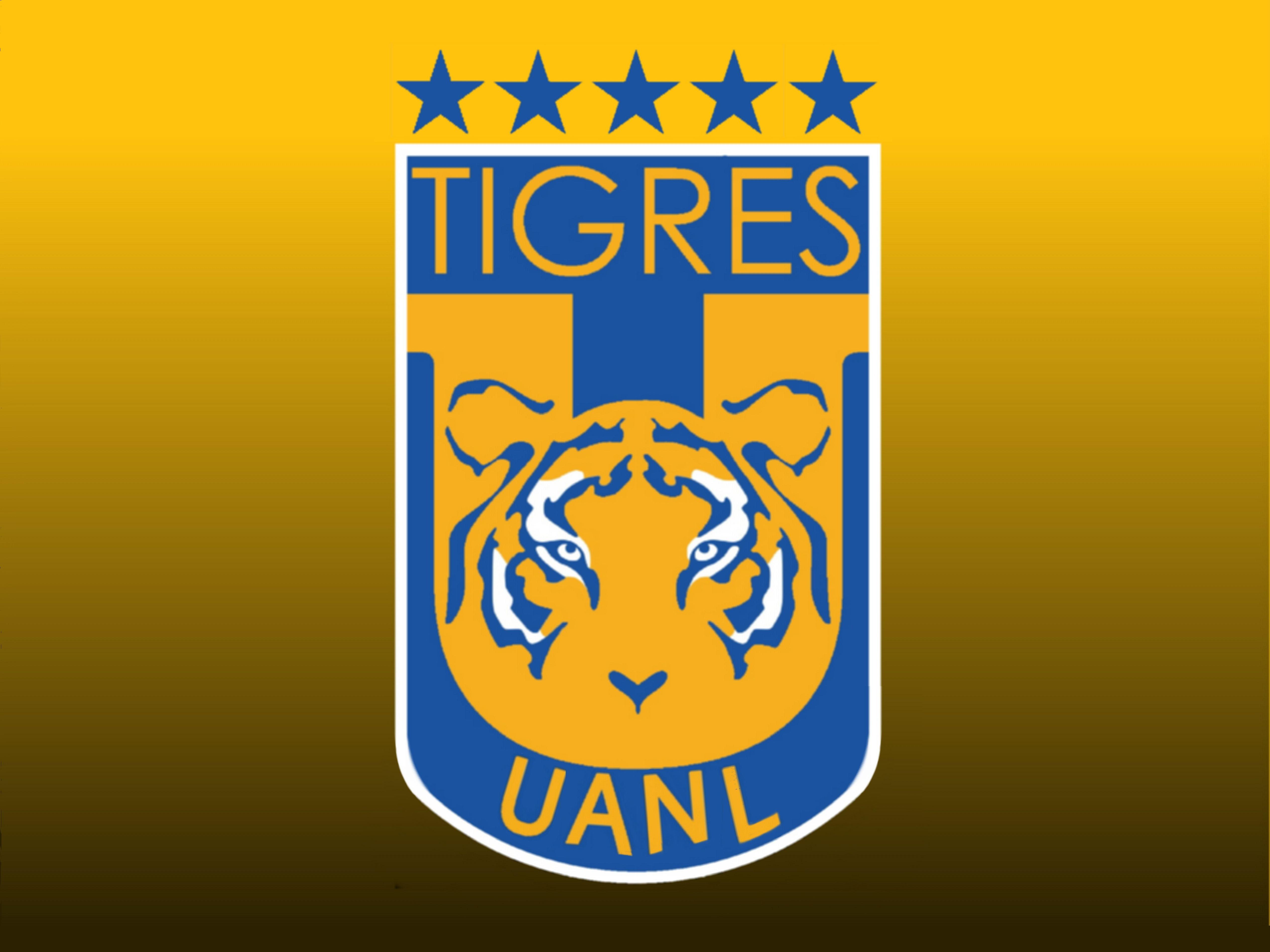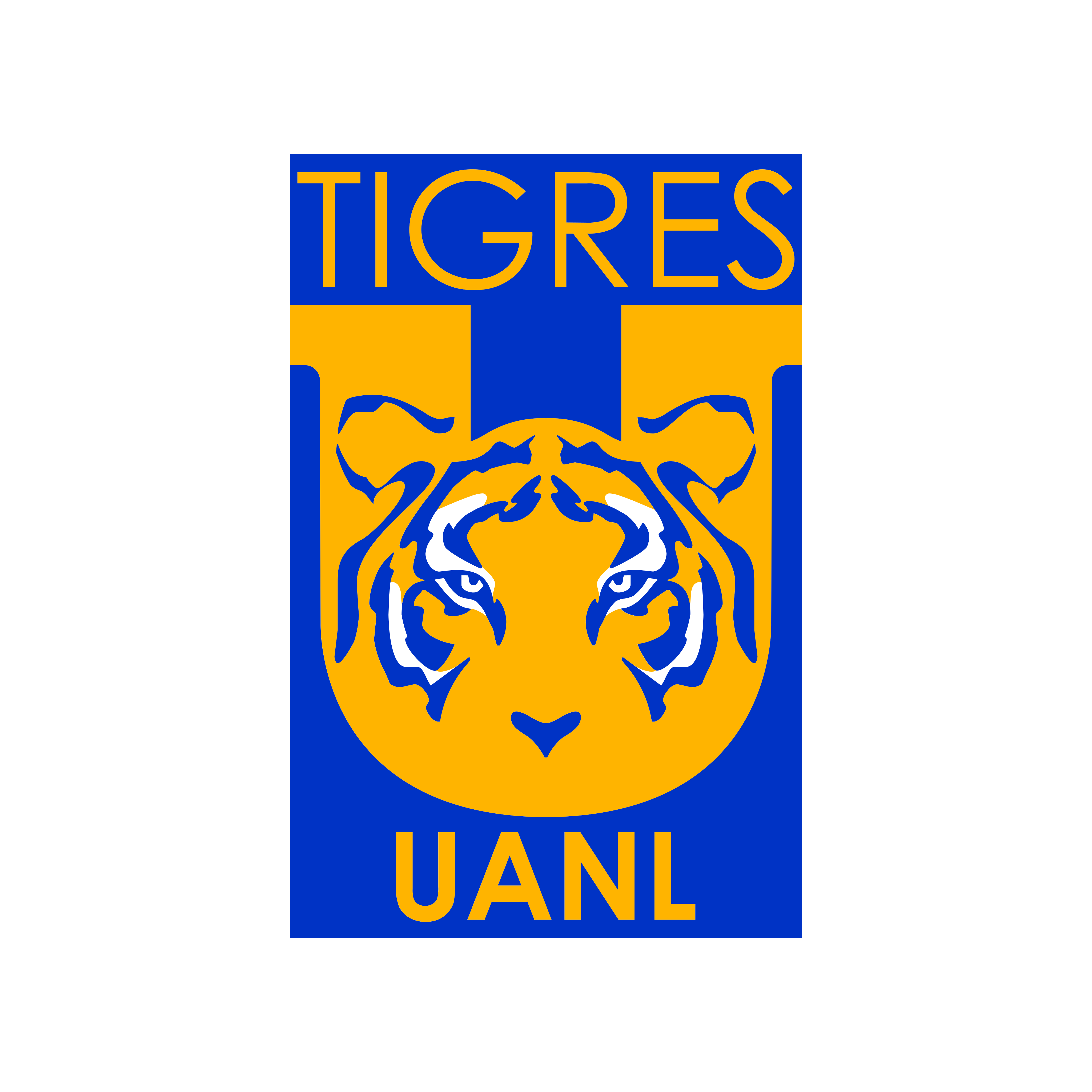Tigres UANL History and Legacy

Tigres UANL, one of the most decorated and beloved clubs in Mexican football, boasts a rich history marked by triumphs, legendary players, and a deep connection with the city of Monterrey. From their humble beginnings to their current status as a powerhouse in the Liga MX, Tigres have consistently pushed the boundaries of the sport, leaving an indelible mark on Mexican football.
Timeline of Significant Events
The history of Tigres UANL is intertwined with the growth of Mexican football. This timeline highlights key events, achievements, and figures that have shaped the club’s legacy.
- 1960: Founded as Club de Fútbol Tigres de la Universidad Autónoma de Nuevo León, the club quickly gained popularity and started playing in the Segunda División.
- 1967: Tigres secured promotion to the Primera División, marking a significant milestone in their journey.
- 1978: The club achieved its first Primera División title, cementing their place as a major force in Mexican football. This victory also marked the beginning of a golden era for Tigres.
- 1980s: The club experienced a period of dominance, winning the Primera División title twice more (1981 and 1982). Legendary players like Tomás Boy, Osvaldo Castro, and Francisco “El Abuelo” Cruz helped solidify Tigres’ reputation.
- 1990s: Tigres faced a period of relative decline, but the club remained a fan favorite in Monterrey.
- 2010s: The club experienced a resurgence under the guidance of coaches like Ricardo “Tuca” Ferretti and Miguel Herrera. This period saw Tigres win the Liga MX title four times (2011, 2015, 2016, and 2017), along with a historic Concacaf Champions League title in 2020.
Impact on Mexican Football
Tigres UANL has played a crucial role in the development of Mexican football. The club has consistently produced talented players who have gone on to represent Mexico at the international level.
- Player Development: Tigres have been known for their youth academy, which has nurtured many talented players, including the likes of André-Pierre Gignac, Javier Aquino, and Jürgen Damm. These players have gone on to make significant contributions to both Tigres and the Mexican national team.
- National Team Representation: Tigres players have been a regular feature in the Mexican national team. The club’s success has contributed to the overall strength of the national team, as players gain valuable experience and confidence playing for Tigres.
Cultural Significance in Monterrey, Tigres uanl
Tigres UANL is deeply ingrained in the culture of Monterrey. The club’s victories are celebrated throughout the city, and the team’s colors, blue and gold, are a symbol of pride and unity.
- Fan Culture: Tigres boast a passionate and loyal fan base, known as “La Afición de Tigres.” Their unwavering support is a driving force behind the team’s success, creating an electric atmosphere at every match.
- City Identity: Tigres UANL has become synonymous with the city of Monterrey. The team’s achievements have brought pride and recognition to the city, strengthening its identity and cultural landscape.
Tigres UANL’s Playing Style and Tactics

Tigres UANL, under the guidance of Diego Cocca, has adopted a dynamic and attacking style of play. They often employ a 4-3-3 formation, focusing on high pressing, quick transitions, and exploiting space in the final third.
Key Tactical Features
The team’s tactics revolve around these key features:
- High Pressing: Tigres aggressively press their opponents in their own half, aiming to win the ball back quickly and initiate attacks. This approach requires a high level of fitness and coordination among the players.
- Quick Transitions: The team emphasizes quick transitions from defense to attack, utilizing their pacey wingers and skillful midfielders to exploit any gaps in the opposition’s defense. This tactic often leads to counter-attacking opportunities.
- Exploiting Space: Tigres UANL seeks to create space in the final third through intelligent movement and precise passing. They utilize wide players to stretch the opposition’s defense, allowing central midfielders and strikers to operate in dangerous areas.
Strengths and Weaknesses
Tigres UANL’s playing style presents both strengths and weaknesses:
Strengths
- Attacking Prowess: The team boasts a formidable attacking force with talented players like André-Pierre Gignac, Florian Thauvin, and Luis Quiñones. Their ability to score goals from various positions is a significant strength.
- Dynamic Midfield: The midfield trio, typically consisting of Guido Pizarro, Rafael Carioca, and Jesús Dueñas, provides a strong balance between creativity, control, and defensive solidity. Their ability to dictate the tempo of the game is crucial to Tigres’ success.
- Solid Defense: Despite their attacking focus, Tigres UANL also possess a solid defensive structure. Their back four, led by experienced defenders like Hugo Ayala and Jesús Dueñas, is capable of holding its own against most opponents.
Weaknesses
- Susceptibility to Counter-attacks: Their high pressing strategy can leave them vulnerable to counter-attacks if they lose possession in the opposition’s half. This weakness has been exploited by teams with fast and clinical forwards.
- Lack of Depth: Tigres UANL’s squad depth has been a concern in recent seasons. Injuries or suspensions to key players can significantly impact their performance. This issue becomes more pronounced in extended tournaments or during demanding schedules.
- Inconsistency: Despite their strengths, Tigres UANL can be inconsistent in their performances. They have struggled at times to maintain their high level of play throughout entire seasons, leading to occasional disappointing results.
Comparison with Other Mexican Teams
Tigres UANL’s playing style is distinct from other prominent Mexican teams. While many clubs focus on a more possession-based approach, Tigres UANL prioritizes a direct and attacking style. Their high pressing and quick transitions differentiate them from teams like Club América, who favor a more controlled and methodical approach.
Tigres UANL’s dynamic and attacking style has made them one of the most exciting and entertaining teams in Mexican football. Their commitment to attacking football and their ability to score goals from various positions have earned them a reputation as a formidable force.
Tigres UANL’s Fan Culture and Rivalries

Tigres UANL boasts a fan culture that is as passionate and dedicated as the team itself. Their supporters, known as “Infiernos” (meaning “hells”), are renowned for their unwavering loyalty and their ability to create an electrifying atmosphere at home games.
The Infiernos: Passion and Dedication
The Infiernos are a diverse group, encompassing various fan clubs and organizations. They are united by their love for Tigres and their desire to create a formidable home advantage for the team.
- Chants and Traditions: The Infiernos are known for their powerful and unique chants, which resonate throughout the Estadio Universitario during matches. One of their most famous chants is “El Volcán” (The Volcano), which signifies the fiery passion of the fans. They also have a strong tradition of displaying massive flags and banners, creating a sea of colors and symbols that represents their unwavering support.
- Fan Groups: Tigres UANL has several prominent fan groups, each with its own distinct identity and history. These groups organize events, rallies, and activities throughout the season, fostering a strong sense of community among the supporters. The most prominent groups include the “Libres y Lokos” and the “Barra Brava,” known for their unwavering loyalty and dedication to the team.
- Impact on Performance: The Infiernos have a significant impact on Tigres UANL’s performance. The electric atmosphere they create at home games can intimidate opponents and inspire the players to perform at their best. The unwavering support of the fans provides a crucial psychological advantage for the team.
Clásico Regiomontano: The Fiery Rivalry
The rivalry between Tigres UANL and Monterrey, known as the “Clásico Regiomontano,” is one of the most intense and passionate in Mexican football. The two teams share the same city, Monterrey, and their rivalry dates back to the 1970s.
- History and Significance: The Clásico Regiomontano is a battle for city pride and bragging rights. The two teams have a long history of close encounters and dramatic matches, with both clubs having achieved significant success in recent years. The rivalry has grown even stronger in recent years, as both teams have become major contenders for national titles.
- Impact on the City: The Clásico Regiomontano has a significant impact on the city of Monterrey. The rivalry permeates all aspects of life, from everyday conversations to local businesses. The city comes to a standstill during the match, with everyone eagerly anticipating the outcome. The rivalry has also contributed to the development of the city’s football infrastructure and culture.
Tigres UANL are proper heavyweights in Mexican football, winning loads of trophies and always up for a scrap. They’ve even gone toe-to-toe with some of the biggest clubs in the world, like Inter Miami CF , who are making a real name for themselves in MLS.
It’s cool to see how these teams from different leagues can clash and show what they’re made of, even if they’re not always in the same competition.
Tigres UANL, they’re like the big dogs of Mexican football, man. They’ve got a proper legacy, winning loads of trophies. If you wanna know more about their history, you can check out this article about Tigres UANL – it’s proper good.
Anyway, they’re a force to be reckoned with, no doubt about it.